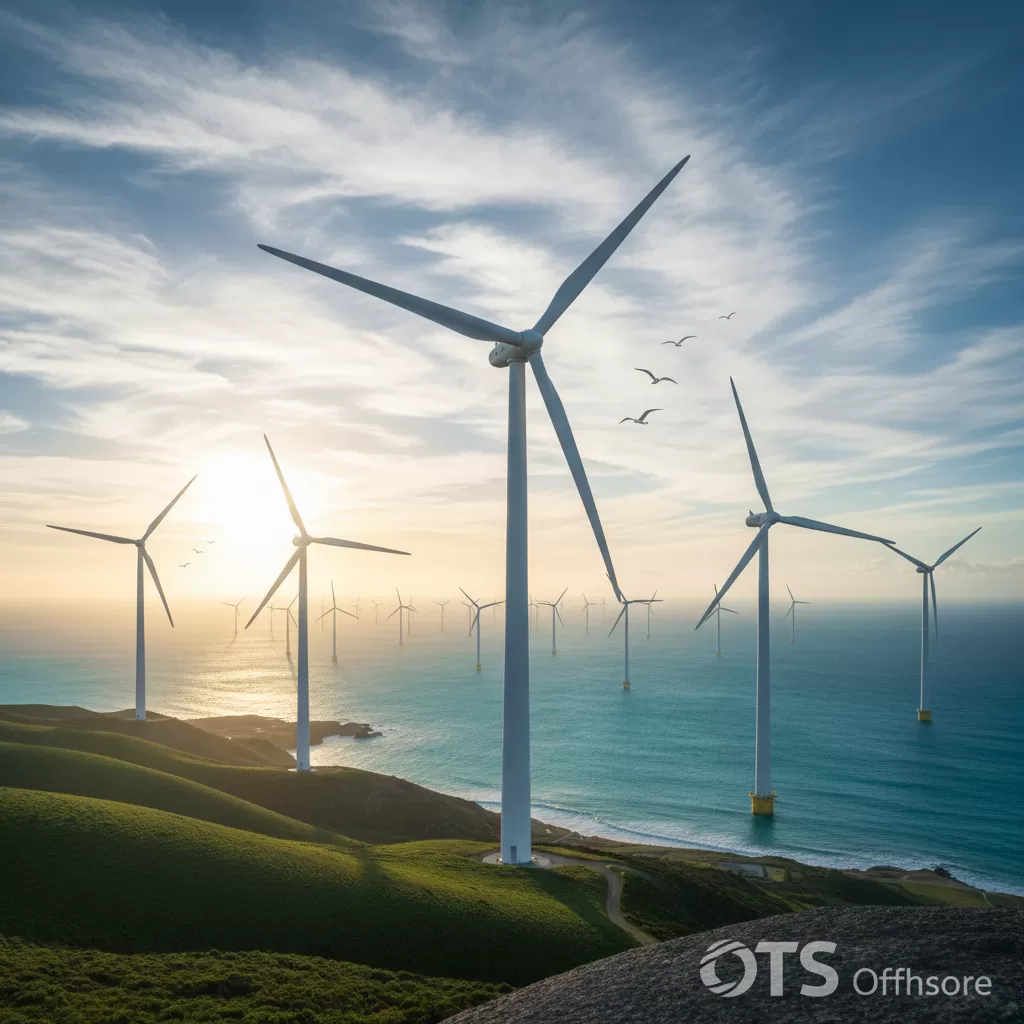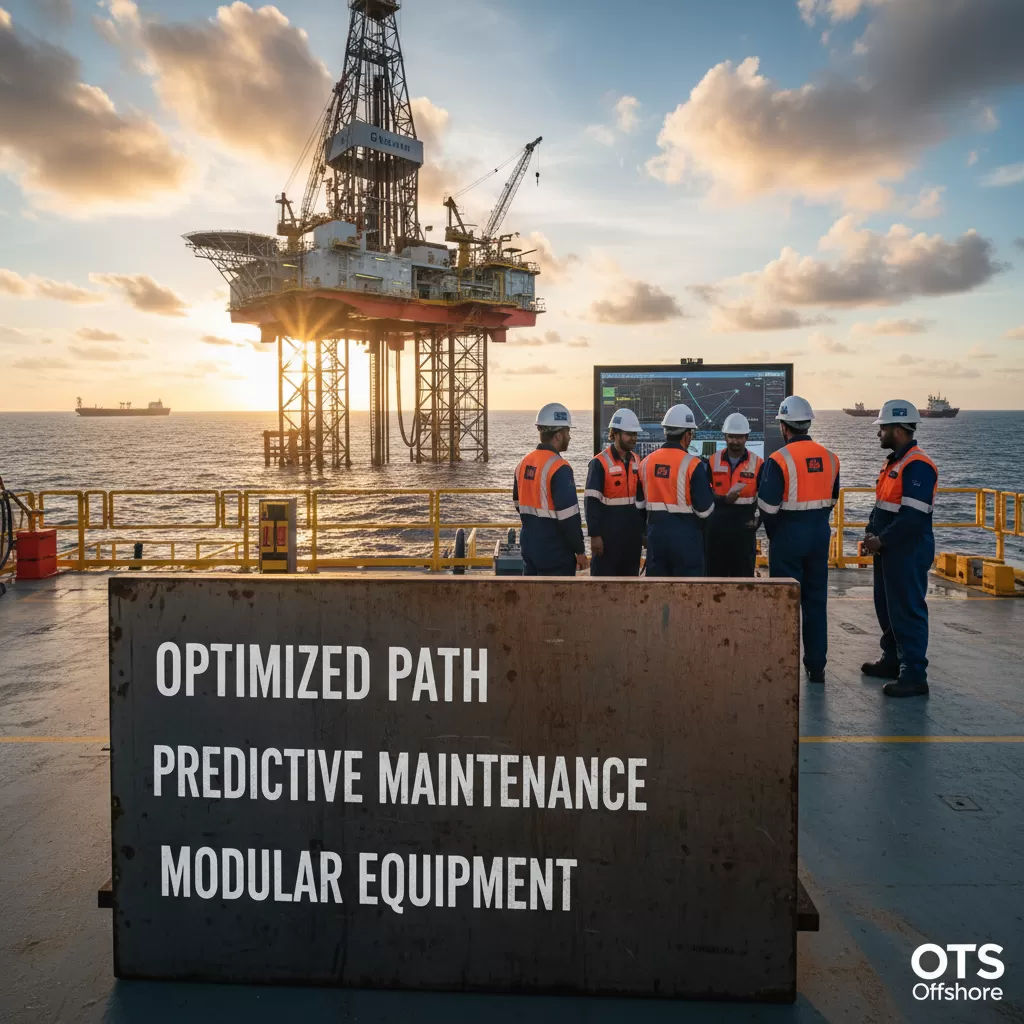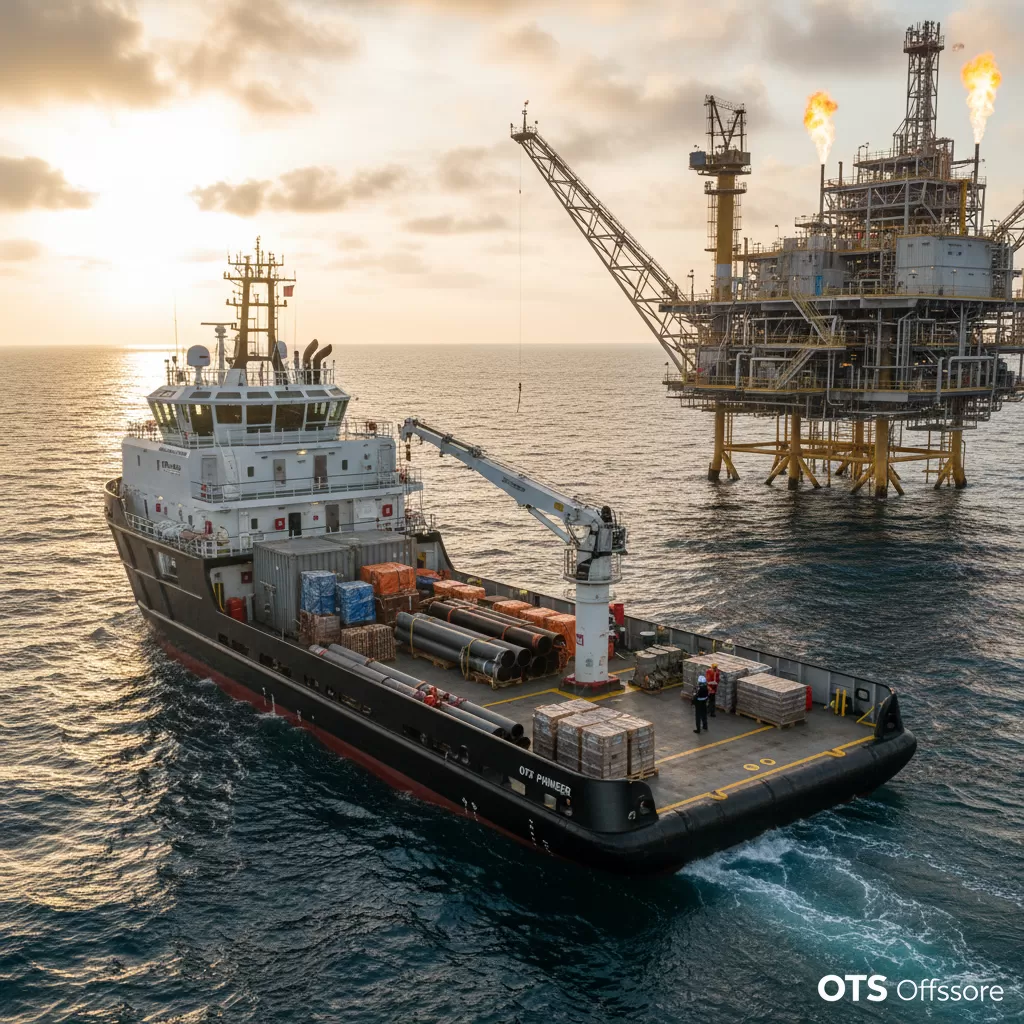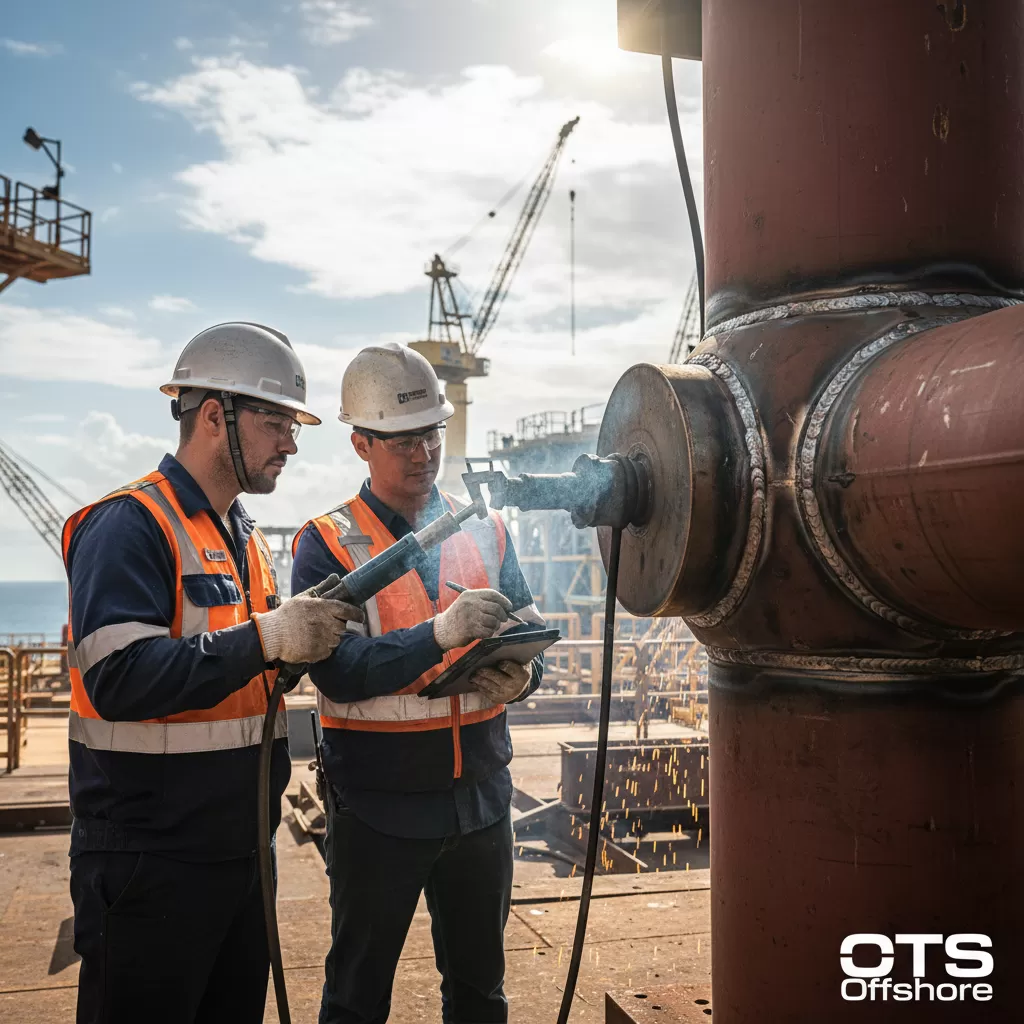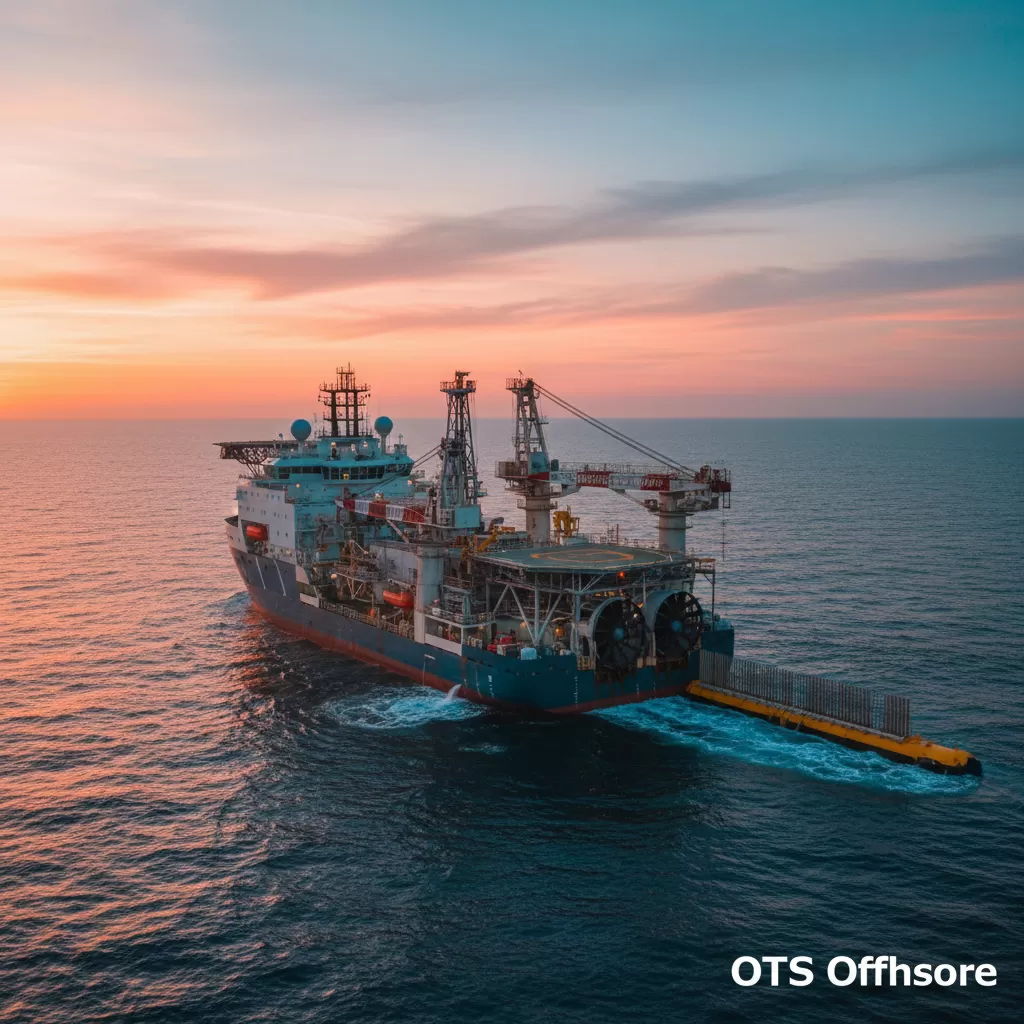The concept of wind energy as a clean, renewable, and reliable energy source is central to global decarbonization efforts. This article delves into the fundamental principles, technological advancements, and environmental benefits that underpin wind power’s growing prominence in the energy sector, exploring its potential to meet future energy demands sustainably.
The Evolving Concept of Wind Energy: A Cornerstone of Sustainable Power
The concept of wind energy, historically harnessed for mechanical tasks like grinding grain and pumping water, has undergone a profound transformation into a sophisticated, large-scale electricity generation technology. Modern wind power systems, commonly referred to as wind turbines, capture the kinetic energy of wind and convert it into electrical current. This transition from a rudimentary power source to a sophisticated component of the global energy grid underscores the remarkable advancements in engineering, materials science, and grid integration. Understanding the concept of wind energy requires an appreciation of its multifaceted nature – it is not merely an alternative; it is increasingly a primary solution for achieving energy security and mitigating climate change. The inherent variability of wind, while a challenge, is being addressed through advanced forecasting, grid management, and the integration of energy storage solutions. Furthermore, the economic viability of wind energy projects has significantly improved, making it a competitive and attractive investment for both utility-scale operations and distributed generation. The concept of wind energy is intrinsically linked to the broader discourse on renewable energy portfolios, smart grids, and the quest for a fossil-fuel-free future. Its scalability, from offshore wind farms generating gigawatts of power to small, on-site turbines, highlights its versatility. This exploration will detail the core principles, the evolution of technology, the environmental advantages, and the economic considerations associated with this vital energy source.
Understanding the Core Concept of Wind Energy Generation
At its heart, the concept of wind energy generation is elegantly simple: it harnesses the natural kinetic energy present in moving air. Wind, a product of uneven heating of the Earth’s surface by solar radiation, atmospheric pressure differences, and the Earth’s rotation, possesses significant power. This power is captured by wind turbines, sophisticated aerodynamic devices. The primary components of a modern wind turbine are the rotor, consisting of blades, and the nacelle, which houses the generator, gearbox, and other vital machinery. As wind flows over the airfoil-shaped blades, it creates a pressure difference, causing the rotor to spin. This rotational mechanical energy is then transferred through a shaft and gearbox to a generator, which transforms it into electrical energy. The efficiency of this conversion process is influenced by several factors, including wind speed, blade design, and turbine size. Optimal wind speeds for electricity generation typically range from 4 to 25 meters per second. Below this range, insufficient energy is captured, while speeds exceeding this threshold can cause excessive stress on the turbine, necessitating shutdown for safety. The development of advanced blade materials, such as carbon fiber composites, and sophisticated control systems has dramatically increased the energy yield and operational lifespan of wind turbines, solidifying the concept of wind energy as a potent force in electricity production. The physics behind this process are grounded in aerodynamics and electromechanical conversion, making the concept of wind energy a fascinating intersection of natural phenomena and human ingenuity.
Aerodynamics and Blade Design: The Crucial Elements
The efficiency and effectiveness of the concept of wind energy are heavily reliant on the intricate design of wind turbine blades. These blades are not simply flat surfaces; they are aerodynamically engineered to maximize energy capture from the wind. Similar to aircraft wings, they are designed with an airfoil cross-section, featuring a curved upper surface and a flatter lower surface. As wind flows over the blade, it travels a longer distance over the curved surface than the flatter surface, resulting in a lower pressure on the upper side and a higher pressure on the lower side. This pressure differential generates lift, which is the force that causes the rotor to spin. The angle of attack, which is the angle between the blade’s chord line and the oncoming wind, is critical. Modern turbines employ pitch control systems that adjust the angle of the blades to optimize performance across varying wind speeds, ensuring maximum energy capture while preventing damage during high winds. The materials used in blade construction are also crucial. Lightweight yet incredibly strong composite materials, such as fiberglass and carbon fiber, are predominantly used. These materials allow for longer blades, which can capture more wind, and are resistant to fatigue and environmental degradation. The evolution of computational fluid dynamics (CFD) has played a pivotal role in refining blade designs, allowing engineers to simulate and optimize airflow patterns for enhanced efficiency and reduced noise pollution. The ongoing research into blade tip design, segmentation, and advanced coatings continues to push the boundaries of what is possible within the concept of wind energy.
The Nacelle: The Powerhouse of the Turbine
Within the nacelle, the intricate machinery that translates rotational motion into electricity resides. This component is the “powerhouse” of the wind turbine and is a testament to advanced engineering. Key elements within the nacelle include:
– The gearbox: This is often a critical component, as the rotor typically spins at relatively low speeds (e.g., 10-20 revolutions per minute). The gearbox increases this rotational speed to a level suitable for driving the generator, which usually operates at speeds of 1,000-1,800 revolutions per minute. Gearboxes are complex mechanical systems that require robust design and precise manufacturing.
– The generator: This is the heart of the electricity production process. It works on the principle of electromagnetic induction, converting the mechanical energy of the spinning rotor into electrical energy. Various types of generators are used, including asynchronous (induction) generators and synchronous generators, with advancements leading to more efficient and reliable designs.
– The brake system: Essential for safety and maintenance, brake systems are used to stop the rotor in emergencies, during maintenance, or when wind speeds are too high.
– The control system: A sophisticated electronic system monitors wind speed, direction, and turbine performance, making adjustments to blade pitch and yaw (orientation) to optimize energy capture and ensure safe operation.
The integration and reliability of these components within the nacelle are paramount to the successful implementation of the concept of wind energy on a commercial scale.
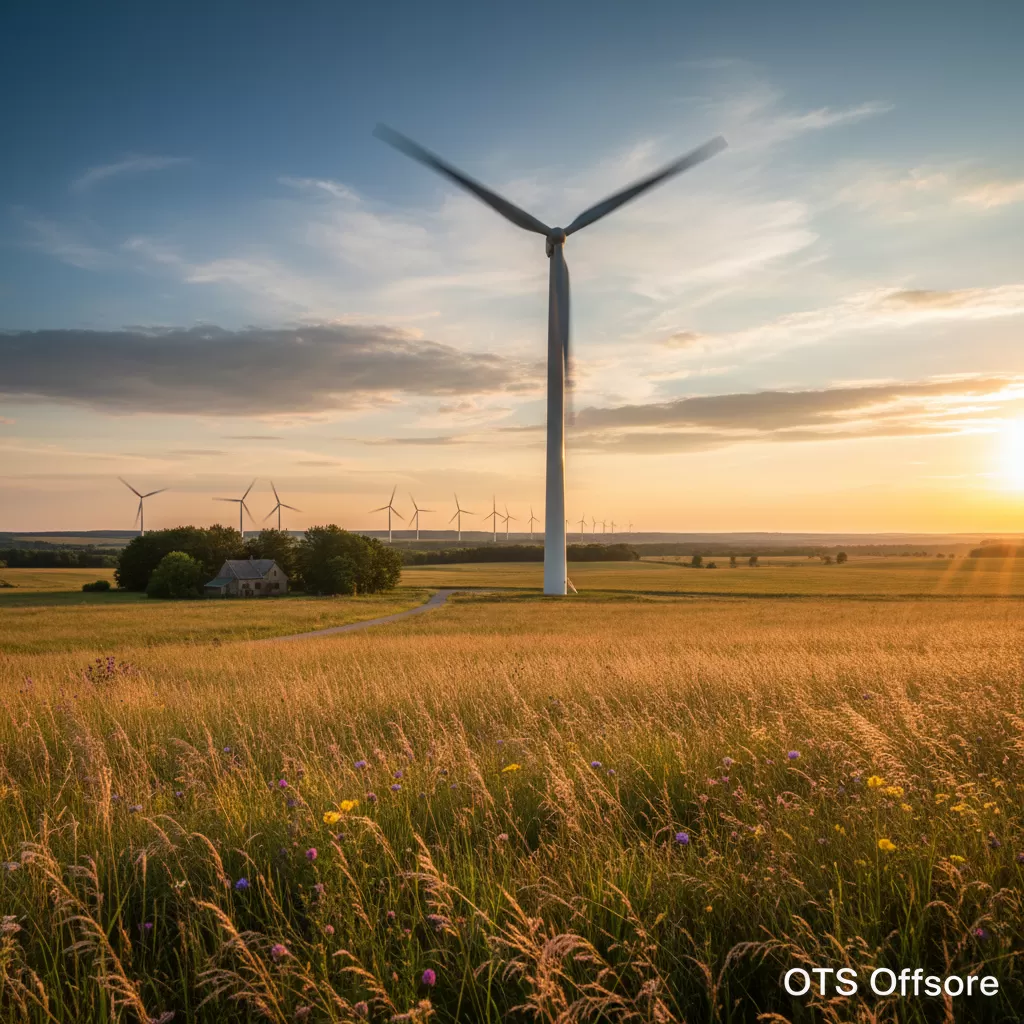
The Renewable and Clean Nature of Wind Energy
A fundamental aspect of the concept of wind energy is its inherent renewability and cleanliness, distinguishing it sharply from fossil fuels. Unlike coal, oil, and natural gas, which are finite resources, wind is a naturally replenishing phenomenon driven by solar energy. This means that wind power generation does not deplete natural resources for future generations. Moreover, the process of generating electricity from wind produces virtually no greenhouse gas emissions. This is a critical differentiator in the fight against climate change. The combustion of fossil fuels releases significant amounts of carbon dioxide (CO2), methane (CH4), and other pollutants into the atmosphere, contributing to global warming and air pollution. Wind turbines, on the other hand, operate without combustion, meaning they do not release these harmful substances during operation. This significantly reduces the carbon footprint of electricity generation, making wind energy a vital tool for decarbonizing the energy sector and achieving sustainability goals. The environmental benefits extend beyond greenhouse gas reduction, as wind power also avoids the air and water pollution associated with fossil fuel extraction and processing, such as acid rain and water contamination.
Environmental Benefits Beyond Emission Reduction
The positive environmental impact of the concept of wind energy extends far beyond the reduction of greenhouse gas emissions. By displacing electricity generated from fossil fuels, wind power plays a crucial role in improving air quality. Reduced emissions of sulfur dioxide (SO2) and nitrogen oxides (NOx) contribute to fewer respiratory illnesses and a decrease in acid rain, which damages ecosystems and infrastructure. Furthermore, the reliance on domestic wind resources enhances energy independence and security for nations, reducing their vulnerability to volatile international fossil fuel markets and geopolitical instability. This economic advantage often aligns with environmental stewardship. While the manufacturing and installation of wind turbines do have an environmental footprint, lifecycle assessments consistently show that the operational benefits far outweigh these initial impacts. The energy return on investment (EROI) for wind energy is also very favorable, meaning that the energy produced over the lifespan of a turbine significantly exceeds the energy required to manufacture, transport, and install it. Research into minimizing the environmental impact of turbine components, such as exploring recyclable materials for blades, is an ongoing area of development within the broader concept of wind energy.
Reduced Reliance on Fossil Fuels: A Strategic Imperative
The strategic imperative to reduce reliance on fossil fuels is a driving force behind the global adoption of the concept of wind energy. Fossil fuels are finite, their extraction can be environmentally destructive, and their prices are subject to considerable volatility. Geopolitical tensions and supply disruptions can significantly impact energy security and economic stability. Wind energy, as a domestically available and inexhaustible resource, offers a pathway to greater energy independence and price stability. By diversifying the energy mix with renewable sources like wind, countries can bolster their energy security and mitigate the risks associated with over-reliance on imported fossil fuels. This transition is not merely an environmental choice but a sound economic and strategic decision. The increasing penetration of wind power into national grids is a testament to its growing role in ensuring a resilient and sustainable energy future. The concept of wind energy, therefore, is not just about generating electricity; it’s about fostering geopolitical stability and economic resilience.
Reliability and Grid Integration of Wind Energy
Addressing the perception and reality of reliability is crucial to fully understanding the concept of wind energy. Historically, the intermittency of wind – its dependence on weather patterns – has been a primary concern. However, significant advancements in forecasting, grid management technologies, and energy storage have dramatically improved the reliability and integration of wind power into the electricity grid. Sophisticated weather forecasting models, often powered by artificial intelligence and machine learning, can predict wind patterns with increasing accuracy, allowing grid operators to anticipate energy generation levels. This predictive capability enables better dispatch of other energy sources and more efficient management of electricity supply and demand.
Advancements in Forecasting and Grid Management
The concept of wind energy as a reliable power source is significantly bolstered by breakthroughs in forecasting and grid management. Advanced meteorological models, utilizing satellite data, ground-based sensors, and sophisticated algorithms, can now provide highly accurate short-term and long-term wind speed predictions. This allows grid operators to anticipate fluctuations in wind power output well in advance. Furthermore, the development of smart grid technologies plays a vital role. These grids are equipped with advanced sensors, communication networks, and automated control systems that enable real-time monitoring and management of electricity flow. This allows for rapid adjustments to balance supply and demand, even with variable renewable energy sources like wind. The integration of distributed energy resources (DERs), including rooftop solar and smaller wind turbines, also contributes to grid stability by diversifying the sources of power and reducing reliance on large, centralized generation facilities. The concept of wind energy is evolving from an intermittent source to a predictable and manageable component of a diverse and resilient energy system.
The Role of Energy Storage Solutions
Energy storage is perhaps the most transformative element in enhancing the reliability of the concept of wind energy. While wind itself is intermittent, stored energy can be deployed when wind generation is low or demand is high, effectively smoothing out supply. Various storage technologies are being deployed and developed to complement wind power. Battery energy storage systems (BESS), utilizing technologies like lithium-ion, are becoming increasingly cost-effective and scalable. These batteries can store excess wind energy generated during periods of high wind and release it when needed, providing a buffer against intermittency. Other storage solutions include:
– Pumped hydroelectric storage: This established technology uses excess electricity to pump water uphill to a reservoir, releasing it to generate power when needed.
– Compressed air energy storage (CAES): Excess electricity is used to compress air into underground caverns or tanks, which is then released to drive turbines.
– Thermal energy storage: Heat generated from renewable sources is stored in materials like molten salt, to be used later for power generation or heating.
The synergy between wind energy generation and these diverse storage solutions is rapidly transforming wind power into a dispatchable and reliable energy source, capable of meeting baseload power requirements and supporting grid stability. This evolution is central to the modern understanding of the concept of wind energy.
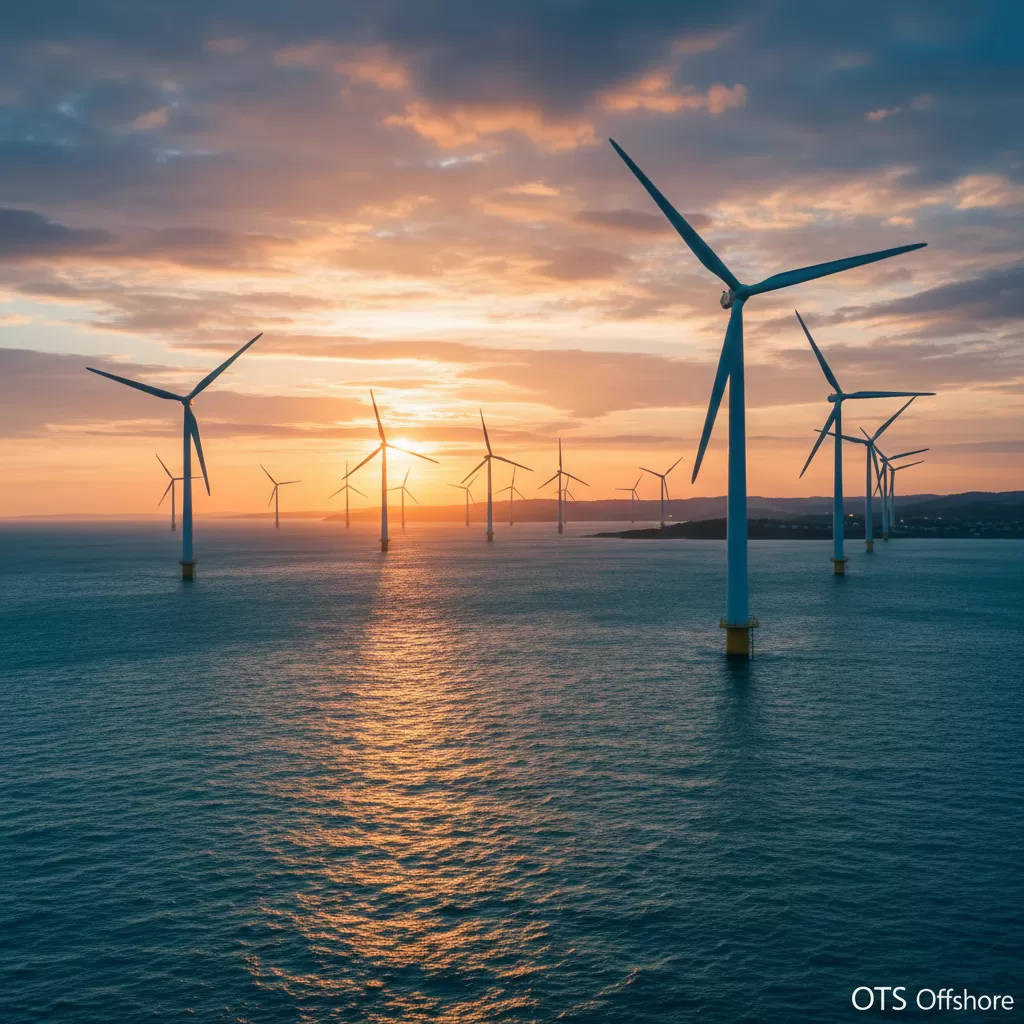
Economic Viability and Future Prospects
The economic viability of the concept of wind energy has improved dramatically over the past few decades, making it a compelling investment and a significant contributor to the global economy. The costs associated with wind turbine technology, including manufacturing, installation, and operation, have decreased significantly due to technological advancements, economies of scale, and supportive government policies. This has led to wind energy becoming one of the most cost-competitive sources of new electricity generation in many regions worldwide.
Declining Costs and Increasing Competitiveness
The decreasing cost of electricity generated from wind, often referred to as the Levelized Cost of Energy (LCOE), is a key driver of its growing adoption. This decline is attributed to several factors:
– Technological innovation: Improvements in turbine design, materials, and manufacturing processes have led to higher efficiency and lower production costs.
– Economies of scale: As the wind industry has grown, so has the scale of manufacturing, leading to significant cost reductions.
– Increased turbine size and capacity: Larger turbines can capture more wind and generate more electricity, reducing the cost per megawatt-hour.
– Competitive tendering processes: Governments and developers increasingly use competitive auctions to award wind power projects, driving down prices.
These factors have made wind energy cost-competitive with, and often cheaper than, new fossil fuel power plants in many parts of the world. This economic competitiveness is crucial for the widespread deployment of wind power and for realizing the full potential of the concept of wind energy as a mainstream energy solution.
Job Creation and Economic Development
The expanding wind energy sector is a significant engine for job creation and economic development. The industry supports a wide range of employment opportunities, from manufacturing and installation to operation, maintenance, and research and development. These jobs often require skilled labor and can provide significant economic benefits to local communities, particularly in rural areas where wind farms are frequently located. The investment in wind energy projects also stimulates economic activity through the procurement of goods and services, contributing to supply chains and supporting related industries. Furthermore, the development of offshore wind has opened up new economic frontiers, requiring specialized shipbuilding, port infrastructure, and offshore construction expertise. The concept of wind energy, therefore, is not only an environmental imperative but also a powerful driver of sustainable economic growth.
The future prospects for the concept of wind energy are exceptionally bright. Continued technological innovation, further cost reductions, and supportive policy frameworks are expected to drive substantial growth in wind power capacity globally. Emerging technologies, such as floating offshore wind turbines that can access deeper waters and more consistent wind resources, are poised to unlock vast untapped potential. As the world transitions towards a low-carbon economy, wind energy will undoubtedly play an increasingly central role in meeting global energy demands sustainably and reliably.

